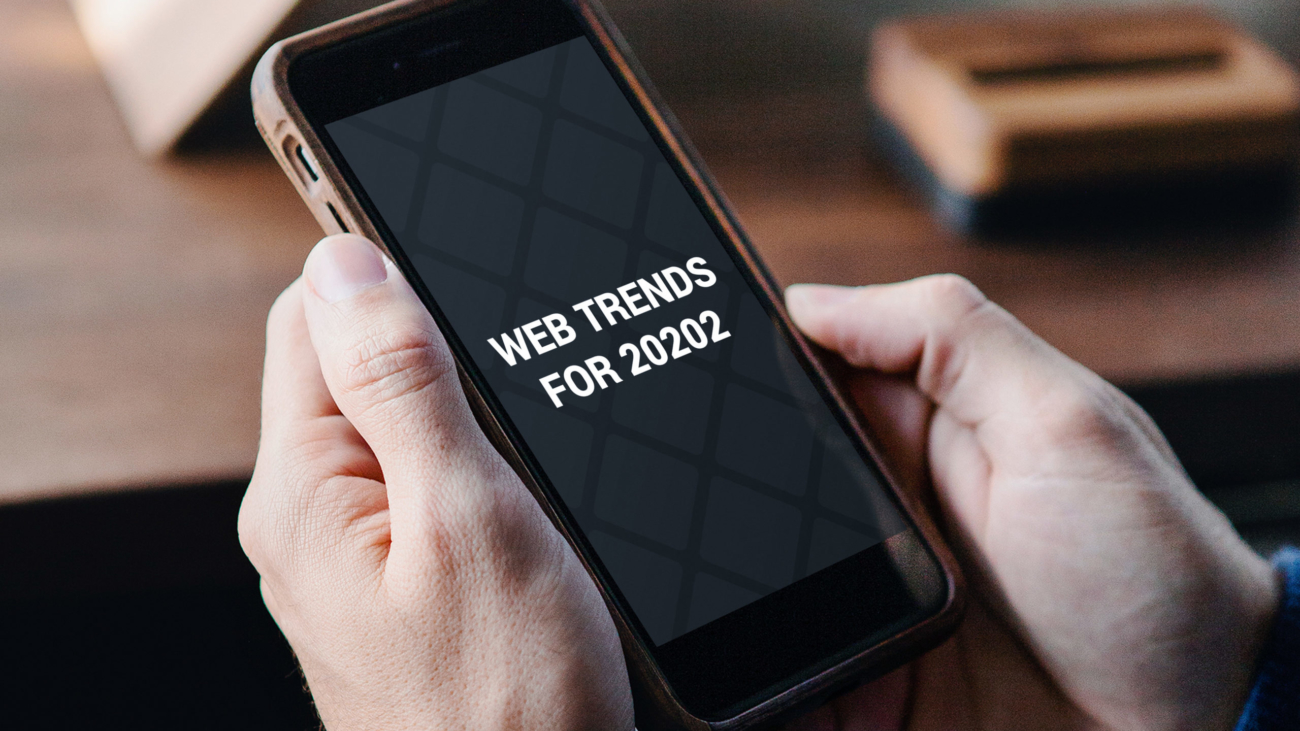Responsive design and the rise of mobile users
Responsive design is becoming a must-have rather than a nice-to-have. In 2015, 35% of website traffic was served to mobile devices. Then, in 2016, that number was 43%. Now, in 2017, 50.3% of website traffic happened on a phone instead of a computer or tablet. That’s an increase in mobile traffic of 7% just from 2016 to 2017.
Chatbots and customer support
57% of consumers appreciate chatbots for their instantaneity.
And Gartner predicts that over 85% of customer interactions will happen without a human on the business end by 2020. Similarly, according to TechEmergence, chatbots will become the number one application for consumers across all AI integrations in the next five year.
Voice search optimization
From 2008 to 2016, voice search queries multiplied by 35 times. And today, 19% of people use Siri at least once per day, and 55% of teens and 40% of adults use voice search on a daily basis. By 2020, 50% of search queries will be done with voice instead of text.
Suffering attention spans
The internet is massive. But you know that. What you might not know, though, is how that affects the average person’s attention span; some sources claim that the human attention span is worse than that of a goldfish.
Since attention spans are suffering, you’ll likely see more motion UI efforts on the part of developers to grab visitor attention and keep them engaged. Of course, we have yet to see how effective this strategy actually is. It might turn out to be a dud. But we won’t know until closer to 2020 or 2021.
